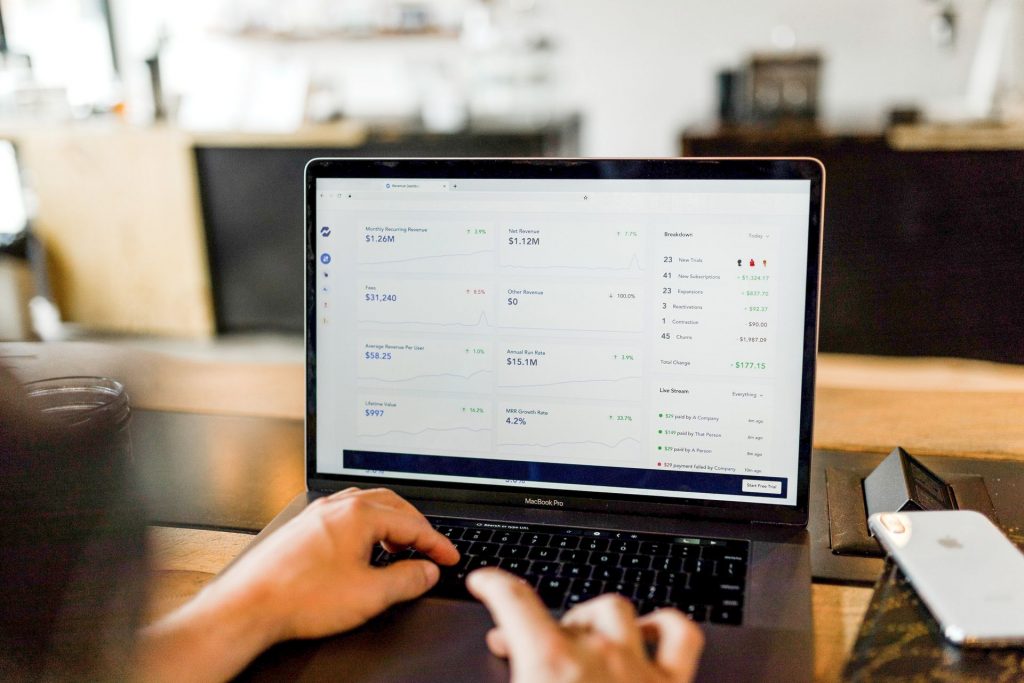
As a freelancer, you don’t have a steady income to rely on every month. You can’t create a conventional budget, so you need to be a little more versatile in how you save and spend. Since 2016, about 10% of Americans reported that they freelance to supplement their main source of income. Of that percentage, a quarter relies on freelancing as their only source of income. If this applies to you, there are some steps you should be taking to create a freelancer budget.
Ready to learn how to budget as a freelancer? Read on here for the top advice from the experts at Cash Factory USA.
1. Tracking Cash Flow

Since you don’t have the convenience of a pay stub or direct deposit to help you keep track of your money, organizing invoices is the next best thing. Track invoices in a spreadsheet or accounting app by date, amount, and client to ensure no money falls through the cracks. Once you regularly record all your incoming money, it’s time to turn your attention to recording your expenses. This is important to create your basic freelancer budget, but it also allows you to easily itemize your deductions when tax season comes around. Everything from your computer and internet bill to your electricity and office supplies is deductible as a freelancer.
Since your monthly income could vary widely from week to week, look at the past few months to estimate an average. Compare it to your spending and make sure you’re saving at least enough to cover the basics from freelance work each month. You should then divide the rest of your earnings throughout several accounts, including a savings account, retirement fund, and one that should be a rainy day fund for those months when you aren’t making enough to cover basic expenses.
2. Setting Financial Goals

Even though your income isn’t predictable, you can still use the 50/30/20 model to set financial goals and save for the future. With this freelancer budget method, you should be saving 50% of all your earnings to use for necessities like rent or mortgage, groceries, insurance, and transportation. You can then spend 30% of your earnings on luxuries, including clothing, fun activities, and memberships. The remaining 20% should be going into paying off debts and into savings accounts. These numbers are estimates that must be recalculated based on your personal experiences. Use them as a guide to help you make smarter financial decisions.
Make sure you’re also saving enough money to pay off your quarterly income tax estimates to avoid penalties at the end of the year.
3. Keeping Everything Simple

You don’t need any complicated apps or software to keep track of your freelancer budget. Keep everything simple when you’re first learning how to budget as a freelancer, as many of these tracking applications require monthly membership fees or have big startup costs. A spreadsheet is all you need to stay on top of your income and expenses.
You can also look into a few bare-bones free services. Level Money and Mint are both free apps that introduce you to basic budgeting and ensure you know exactly how much money you have to spend.
Your Team
At Cash Factory USA, we’re here to support all your financial goals and endeavors. Look to our Resource Center to help you learn more about everything from 401(k)s to buying a house!